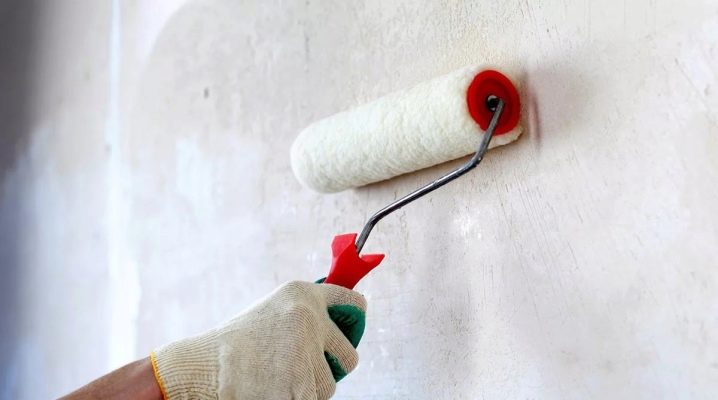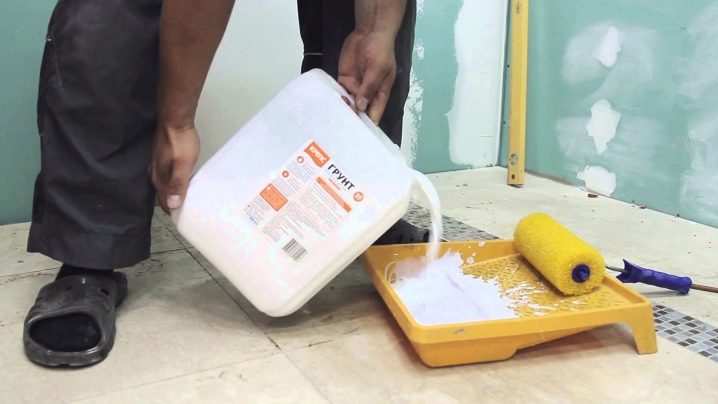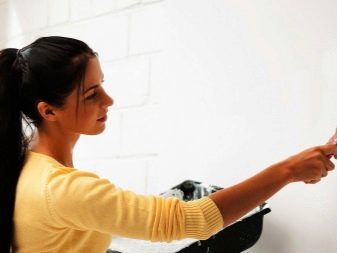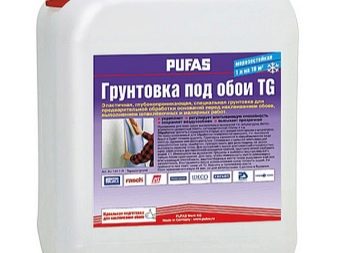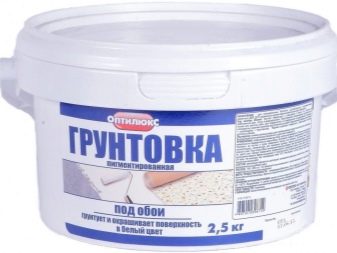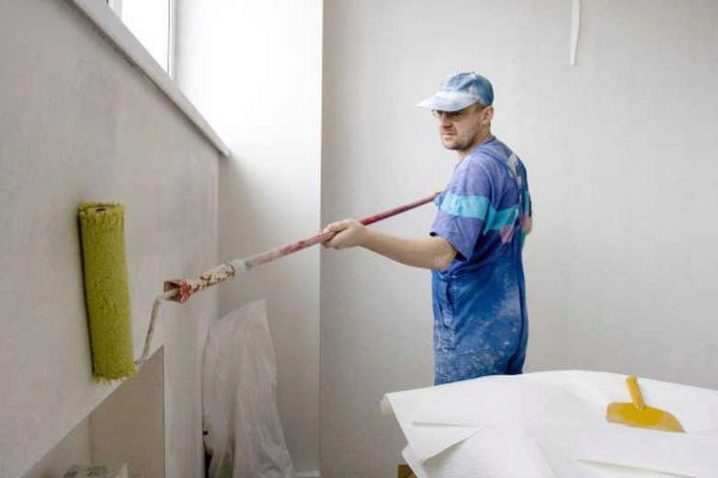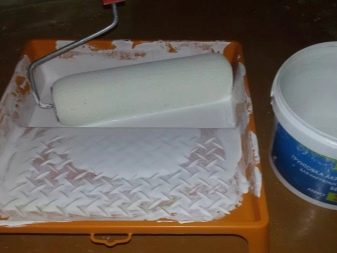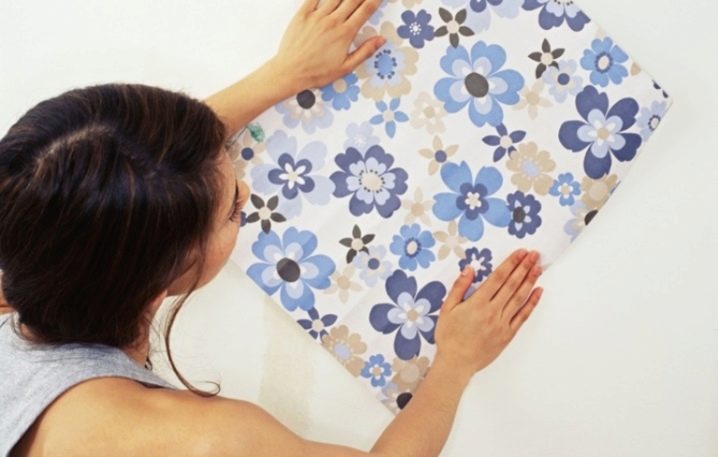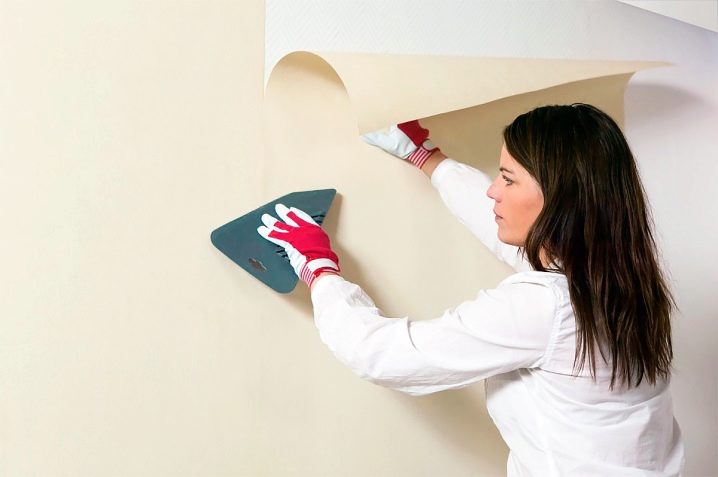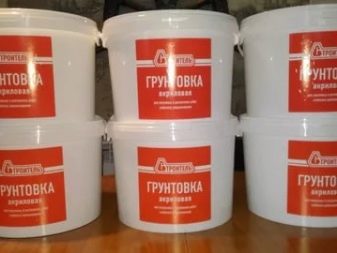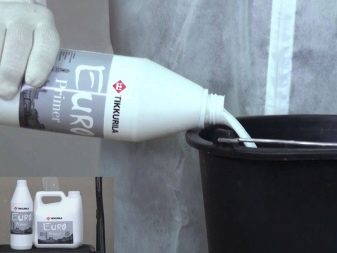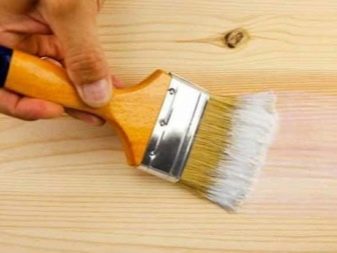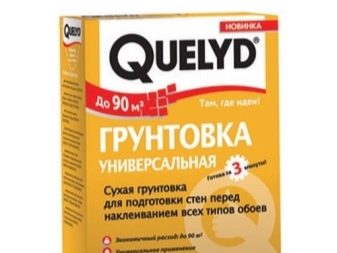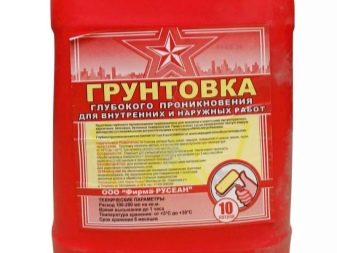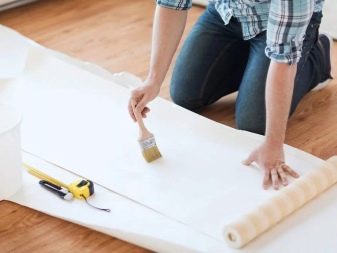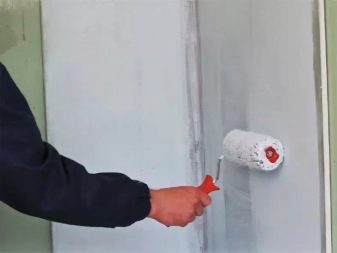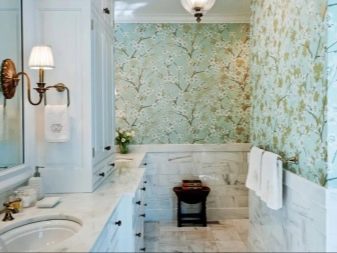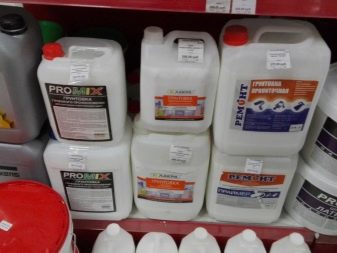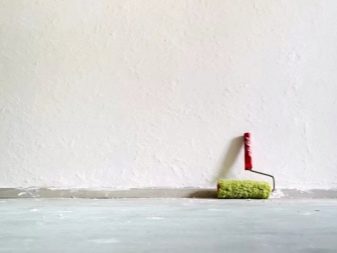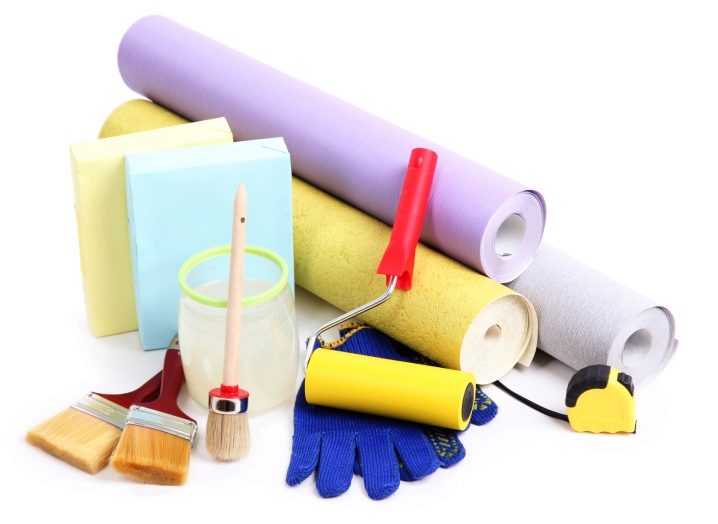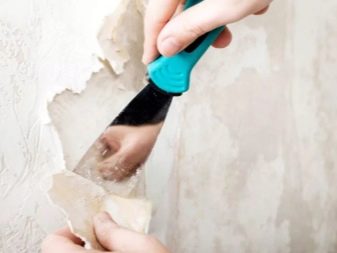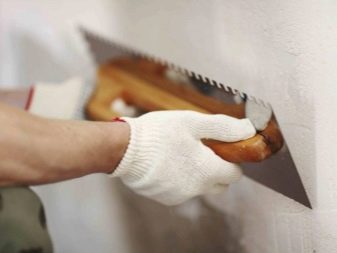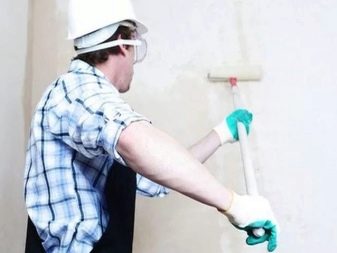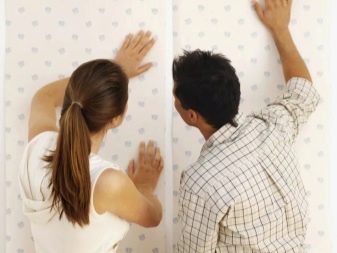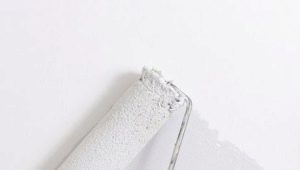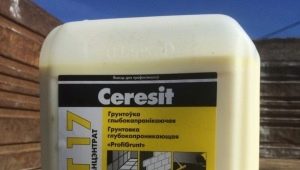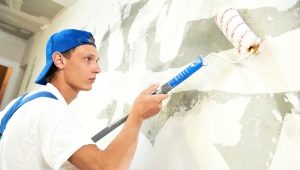Types of white primers for wallpaper: application features
Updating the interior, each is in its own way. After all, there are so many design options, a huge selection of finishing materials and elements with which you can create the right atmosphere. Over the years, wallpaper has often been used for walls, and today they are no less relevant. The work of finishing takes a lot of time, and requires preparation, it is important to achieve a smooth surface, as well as ensure its high adhesion. This is where the primer often helps.
Features of the primer coating
This composition, which is also called prime, performs the task of supporting material. Thanks to him, you can successfully make the walls, so he is in demand before the procedure of wallpapering. Homogeneous suspension of different thickness is produced without unpleasant and sharp odors.It may not have color, be white, or have a different shade.
After applying to the coating the mixture dries out and a colorless film is created. As for the set of ingredients, the material contains adhesives, organic resins, as well as other additives that are prepared on different bases.
Various additives and fillers often interfere with the solution, which improves the performance characteristics of the product. Primer can be produced not only in liquid form, often on the market offered dry powder, which must be diluted with a certain amount of water.
All data and specifications are indicated on the packaging, the same applies to the instructions for use, solution consumption, drying time, and shelf life.
Requirements
There are a number of properties that any primer should have. The main characteristic is the depth of penetration of the composition into the surface to be processed. The composition should increase the adhesion of wallpaper during gluing. Antiseptic qualities are of great importance, as the surface needs to be protected and to ensure that the material is resistant to the appearance of fungus, mold and other representatives of the microflora. It is important to carefully examine the period of absorption and drying, it should be fast.
Before buying it is necessary to determine the choice of a type of primerand also take into account the peculiarities of the room and the conditions of its operation. Beforehand, find out what material the wall is made of, as there are different compositions for plaster surfaces, and others for wood and drywall. Efficiency of processing depends on it. It is recommended to consult with a qualified specialist, get his opinion, and use the tips.
The composition is selected for a certain type of wallpaper, as they are traditional and liquid, and for the preparatory work it is necessary to choose the appropriate version of the finishing material. It is important to study the density of the lining.
Scope of application
Priming is an important point that will determine how effective the result of the interior decoration wallpaper. Primer solution allows you to achieve the perfect surface of the walls. This mixture covering various defects is intended for leveling the coating. It may have dye pigment, so often the composition is used as the main material for finishing ceilings or walls.
The primer penetrates deep into the structure of the surface structure; therefore, it fills cracks and micropores, can seal dust residues, so the lining will look perfect, and the wallpaper will be glued at the highest level without problems and complications. With the help of the mixture, the material on the walls is disinfected, which allows to increase the resistance to factors that may be biologically aggressive.
Using a primer, you can achieve good adhesion, which means that due to the composition of the wallpaper glue perfectly adheres to the coating and the wallpaper itself. Thus, the canvas will not peel off either at the joints or in the corners, which is no less important.
Kinds
There are the following types of priming materials:
- Acrylic primers are made with the addition of polymeric binders. For internal surfaces, this option is best suited. The material does not have a pungent smell, dries quickly, and it can also be applied before gluing different types of cloths. Using the mixture, you can greatly facilitate your finishing work. The hygroscopicity of the surface will be improved, the lifetime of the facing material is extended, the surface is protected from damage, and the consumption of adhesive composition is minimized.
- Latex is a natural component that is extracted from the juice of rubber. Primer on such a basis in synthetic form is widely used during repair work. It is characterized by high strength, resistance to compression and tension, elasticity and water resistance. Primer is a clear liquid, which after drying creates excellent adhesion.
- Alkyd Primer suitable for wood, as they prevent it from swelling. The composition resists the occurrence of mold and mildew, is moisture-resistant and is offered at a reasonable price. The mixture penetrates shallowly into the surface and is therefore suitable for preparatory work.
- For interior and exterior you can choose universal primerwhich prolongs the life of the decorative coating. It copes with different types of surface and is applied in two layers, but the flow rate is minimal.
- If you need to process the treeAn alkyd primer will work best. Universal means acrylic material that is suitable for everything except metal.
How to choose a primer?
It is important to study the characteristics of the room where the wallpaper will be glued. To effectively treat the surface, you will need to study the specific properties of the compositions.
If you plan to finish a loose surface, the best choice would be a deep penetration primer. This composition strengthens the wall, and also saves on paint consumption. The mixture is perfect for impregnation of the wall, on which there is plaster, although it is possible to treat the surface with other materials.
This type of primer is also suitable for reliable wall decoration and durable gluing of heavy wallpaper. And for rooms with high humidity it is worth choosing an antiseptic material, where there are substances that will prevent the development of the fungus. The composition has a high rate of resistance to water. Adhesion is guaranteed with this primer.
In the bathroom, where you also want to use wallpaper on the walls, you need to apply three layers of the mixture. If it is necessary to treat the metal surface, an anti-corrosion compound will be required.
In order not to be mistaken with the choice, it is necessary to carefully study the recommendations of the manufacturer.
The label contains important information as well as the rules for the application of the primer. If you pay attention to all the details, and learn about the characteristics, you can independently find the right composition. Of great importance is the shelf life of the primer, the mixture must be fresh and ready to use.
The steps of finishing the walls before pasting wallpaper
High-quality repairs can be done on their own, you only need to follow the useful recommendations. It will be necessary to study the surface of the walls, to detect chipped and broken-up holes in order to correct the defects. With this helps putty, sanding and drying. Then a primer material is selected in accordance with the purpose of the room, as well as the type of wallpaper to be used for finishing.
Preparatory stage
Before you start pasting wallpaper, you must not just choose the material, but clean the walls of the coating that existed before. Surface treatment takes place using antiseptic compositions. Often the walls are not perfectly smooth, moreover if earlier there were other finishing materials on them, additional defects may appear on the surface.
Therefore, it is important to use a putty to correct the flaws, and proceed to the treatment of the soil.
Primer application
It is important to follow safety precautions, so you will have to use safety glasses and wear gloves, and cover your head. Then you need to study the instructions, which are indicated on the container with a primer. Some formulations must be mixed before use; an electric drill or other tool is used for this. The mixture should cover the entire surface of the wall, be careful not to miss a single site.
Pigmented primer is recommended to avoid mistakes., which will not allow missteps. The walls should dry well before you begin to glue the wallpaper. The primer leveling any colors of the walls will help to achieve the desired result, so it is in great demand among professionals and ordinary consumers. Follow the recommendations listed, examine the product types, and repair work will be completed with success.
Master class on priming the concrete wall, see below.
